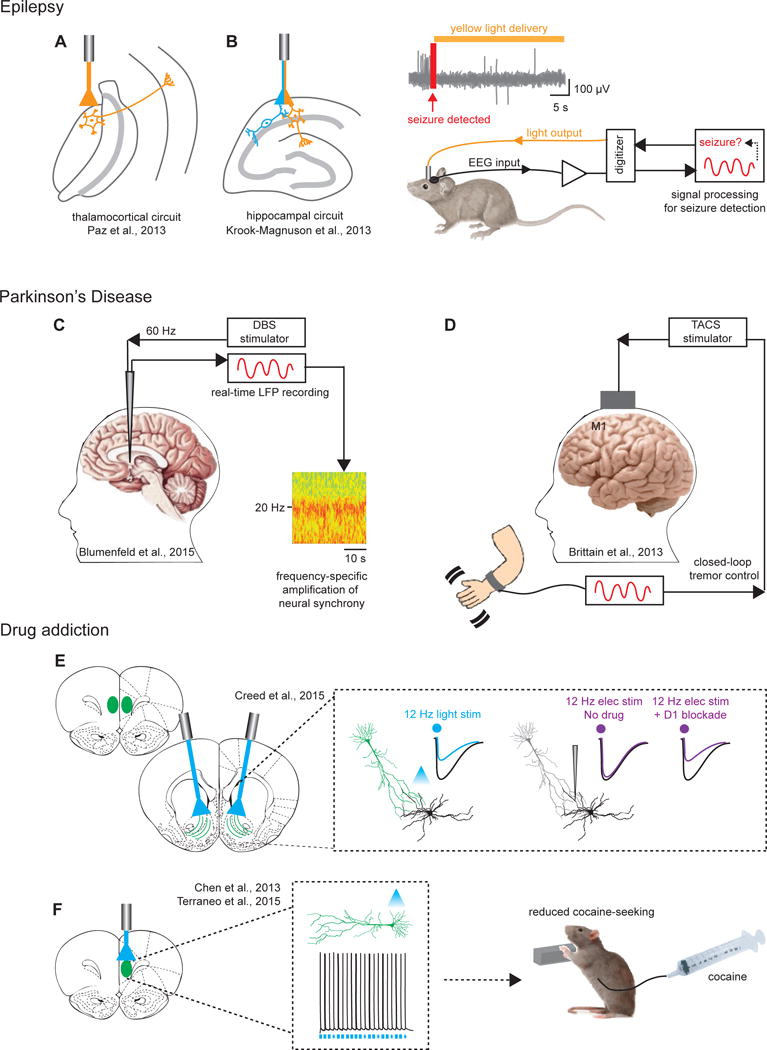Figure 2. Disease -related circuit-targeting demonstrations.

(A) Targeting thalamocortical neurons and (B) hippocampal neurons with closed-loop strategies to cause real-time interruption of EEG- and behaviorally-defined seizures. Right panel in (B): Depiction of closed-loop setup wherein EEG inputs are used to detect seizure onset, following which real-time inhibition can be administered through optogenetic manipulation. (C) Low frequency DBS stimulation (60Hz), in contrast to traditional high frequency stimulation (130 Hz), results in significant amplification of subthalamic neural synchrony and alpha/beta band power thought to underlie improved gait symptoms in Parkinson’s. (D) Use of an alternative non-invasive approach termed transcranial alternating current stimulation (TACS) is depicted for stimulation of motor cortex; guided by real-time readout of cortical oscillations linked to tremor, TACS was found to result in significant cancellation of the resting state tremor. (E) 12 Hz optical stimulation was reported in this study to produce robust LTD, whereas 12 Hz electrical stimulation did not. The discrepancy for these investigators was attributed to off-target recruitment of D1 receptors by electrical stimulation which impeded LTD; a combination of low frequency DBS together with D1 antagonists provided reliable LTD and restoration of behavior in cocaine seeking animals. (F) Optogenetic prelimbic cortical excitation significantly prevented cocaine-seeking in rats (by compensating for hypoactivity observed in cocaine-seeking rats), pointing to the prefrontal cortex as a promising therapeutic target for compulsive drug use.
